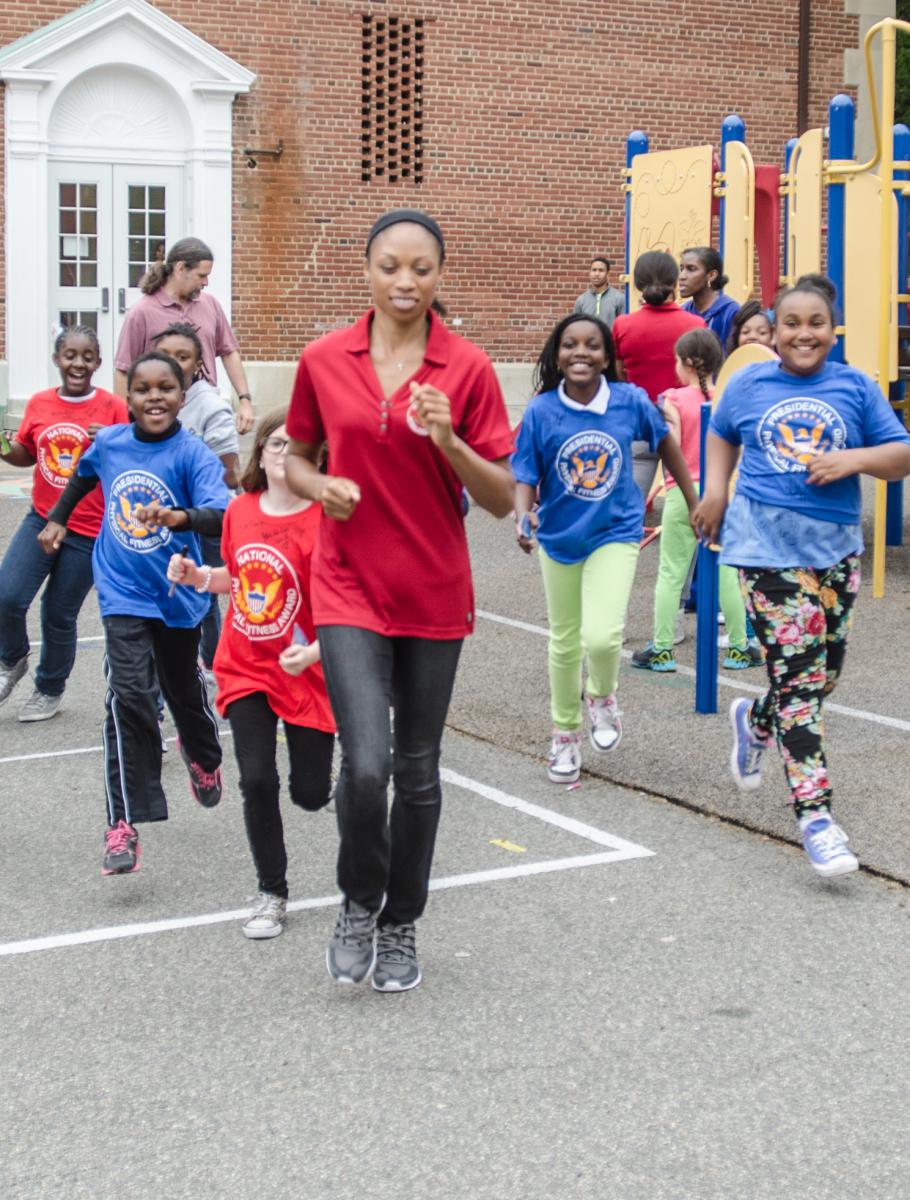Resource Library
Transform created this report to highlight data that examines the full economic impact of transportation policies.
 “Are they going to kill me?”
“Are they going to kill me?”
This report summarizes laws addressing liability for use of recreational facilities from each state.
Blog by Allyson Felix, Six-time U.S. Olympic Track & Field Medalist and President’s Council on Fitness, Sports & Nutrition member
Platforms: Fitness.gov, www.letsmoveschools.org, Fire Up Your Feet, USATF

This website provides reports, tools, and resources to support implementation of joint use agreements.
 Today, the Senate Environment and Public Works Committee (EPW) unveiled their new six-year transportation bill. The DRIVE Act (Developing a Reliable and Innovative Vision for the Economy Act) primarily shores up our existing interstate and road-focused transportation system. Unsurprisingly given its name, the bill does not adequately address the needs of communities al
Today, the Senate Environment and Public Works Committee (EPW) unveiled their new six-year transportation bill. The DRIVE Act (Developing a Reliable and Innovative Vision for the Economy Act) primarily shores up our existing interstate and road-focused transportation system. Unsurprisingly given its name, the bill does not adequately address the needs of communities al
Joint Use Agreement 4: Joint Use of District and City Recreation Facilities is a model agreement in which the school district and local government agree to open all or designated recreational facilities to each other for community and school use. It also allows for third parties, such as youth organizations or youth sports leagues.
When Deb Hubsmith founded the Safe Routes Partnership in 2005 – the same year that the first federal Safe Routes to School legislation was passed, authorizing funding to 50 states and the District of Columbia – her vision for the Safe Routes to School movement was much broader than the $612 million in initial funding outlined in the legislation. From the very beginning, Hubsmith believed that Safe Routes to School had the potential to transform our cities and towns into healthy, active communities where all people can walk, bicycle, and be physically active.
This resource reviews public policies that affect neighborhoods around schools and the ability of communities to preserve landmark schools for educational use.
 On September 17th, the U.S. House Transportation Committee will be voting on the transportation bill. One of the issues they’ll be debating is whether or not to continue the Transportation Alternatives Program (TAP), which is the main source of funding for Safe Routes to School, bicycling and walking.
On September 17th, the U.S. House Transportation Committee will be voting on the transportation bill. One of the issues they’ll be debating is whether or not to continue the Transportation Alternatives Program (TAP), which is the main source of funding for Safe Routes to School, bicycling and walking.
This fact sheet describes 6 key principles for euqity in transportation and health.
This report shows that physical activity among adults and high school students is higher in some states than others. Overall, most states have environmental and policy strategies in place that encourage physical activity.
As many of you know, it’s award season! From the Golden Globes to the Screen Actor's Guild Awards and all the way to the Oscars… there are nominees and winners. Here at the Safe Routes Partnership we wanted in on the award season action. For the past year, the National Shared Use Task Force has been engaging in conversations about ways that we could recognize all of the great work that is happening across the country in the shared use field.
This brief provides an overview of the burden of violence and state strategies to prevent and reduce violence within the context of the social determinants of health—where adolescents live, learn and play.
 Sara Zimmerman is program and policy director at the Safe Routes Partnership.
Sara Zimmerman is program and policy director at the Safe Routes Partnership.
Click here to see the Storify highlights from the #MoveEquity Tweetchat on ending street harassment to get more kids walking and biking.
The majority of Americans live in urban or suburban areas, though around 15 percent of Americans live in nonmetropolitan regions, which make up 72 percent of US land. Although the proportion of Americans who are rural residents has recently declined, these communities still comprise 46.1 million Americans (USDA, 2015). When it comes to health outcomes, researchers have identified inequities in rural areas, including higher rates of obesity compared with urban residents and differing levels of physical activity by geographic region (Yousefian et al., 2009; Hansen and Harley, 2015).
Back in May, we asked you to take action against the US Department of Transportation’s (USDOT) proposed “system performance measures” that would have measured the speed of cars and trucks in seven different ways, while devoting no measures at all to people walking, bicycling, and taking transit.

